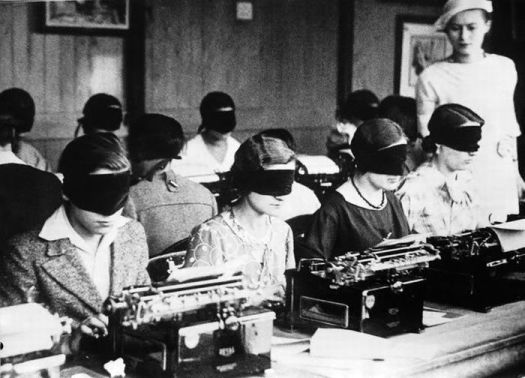In 1855, Nathaniel Hawthorne wrote a letter to his publisher in response to the overwhelming success of female writers at the time. Novels such as Susan Warner’s The Wide, Wide World (1849), Harriet Beecher Stowe’s Uncle Tom’s Cabin (1852) and Ruth Hall: A Domestic Tale of the Present Time (1854) by Sara Payson Willis Parton (aka Fanny Fern) were dominating the era both in terms of critical acclaim and sales. His envy overwhelming him, Hawthorne told William Ticknor: “America is now wholly given over to a d[amne]d mob of scribbling women, and I should have no chance of success while the public is occupied with their trash.” Having genuinely appreciated Susan Warner’s novel for its stylistic innovations, he goes on to say: “This woman writes as if the devil was in her; and that is the only condition under which a woman ever writes anything worth reading…Generally, women write like emasculated men, and are only to be distinguished from male authors by greater feebleness and folly.”
This anecdote appears in Philip Gura’s astonishing, extraordinary book Truth’s Ragged Edge: The Rise of the American Novel. It is a seminal work of literary history and criticism, and revolutionary in its organic inclusion of women and African Americans. Gura’s study is a thorough, fascinating, and gratifying survey of American fiction from its beginnings to the late nineteenth century — and how that fiction reflected the developing American character. His work compellingly examines the effects of liberalism and capitalism on fiction, contemplates how Americans have perceived the function and object of literature, and interrogates the effects of fiction on society and vice versa. He traces the development of the American character, both fictional and real, from its Puritan beginnings when Americans defined themselves in relation to God and religious scripture to their mid-century obsession with self-examination and human motivations to the post Civil-War American who was more likely to turn to science than scripture for answers and who was deeply concerned over an entrenched individualism to the sacrifice of civic duty and society’s greater good.

Over the course of his book, Gura recovers an astounding number of female novelists, many successful, influential, and popular in their own time, who have since been marginalized to oblivion. By integrating these women’s biographies along with analyses of their novels so plentifully and seamlessly into his book, Gura shows us what the future of scholarship could look like, providing a glimpse of when “women’s studies” as a corrective to centuries of female exclusion from the canon will become obsolete. For Gura, American writers in possession of a vagina or dark skin are inherent to the definition of an American writer. This, alas, is decidedly not true for the Hawthorne-types who continue to prevail over our literature and history, lately exemplified by the editors of Wikipedia who have been systematically removing women writers from their “American Writers” category and placing them in the subcategory “American Women Writers;” and similarly for African-American writers.

Gura provides a fresh look at the Great Male Writers of the period and introduces lesser-known male authors deserving of greater recognition. But the Bombshell will stick to her bias and address here a sampling of the women Gura has unearthed. I do hope and expect we’ll be seeing many of these women’s novels reprinted by the growing crop of excellent small presses devoted to salvaging our literary past.
Read the rest of the column at Bookslut


